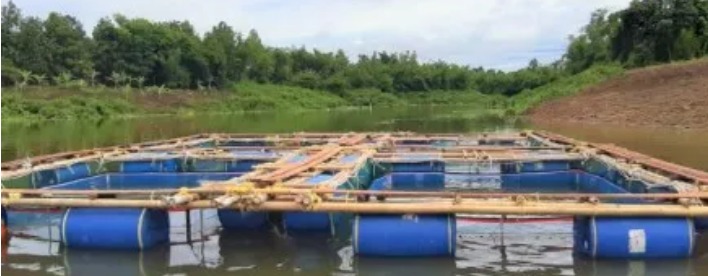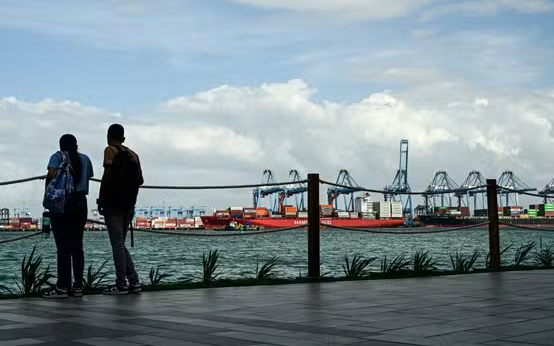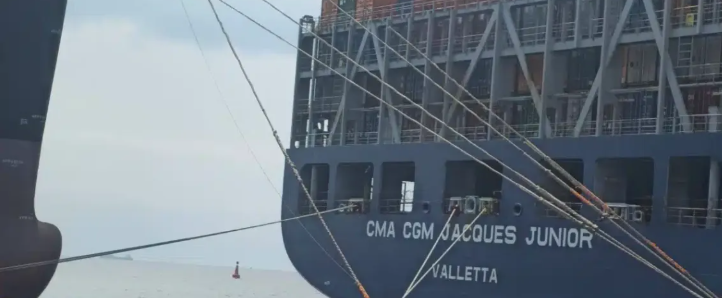As we showed previously, in fishing as in aquaculture, things, at least resources, are effectively “in the water”, therefore more or less invisible (to the naked eye). The challenges and issues for sustainably enjoying them (from economic, social and ecological points of view, in a context of climate change) therefore go beyond those concerning visible resources, if only because it is already necessary succeed in understanding and monitoring the current quantities and developments of these resources.
We had previously noted the fundamental specificities of Burkinabè fisheries, specificities which are sufficient to remove these fisheries from the domain of application of the classic sciences of stock assessment and management. Let us recall the narrowness, the short lifespan, the dendritic/disseminated morphometry of aquatic spaces, as well as their intense umbilical relationship with their watershed. In truth, for these fisheries, it is more rational to consider the Anglo-Saxon concept of “forestry”. “Forestry” which is close to the “waters and forests” of French speakers, indicates a delimited terrestrial and/or aquatic physical space, which carries plant and animal resources, which can be of any interest, pastoral, hunting, beekeeping, various services… and fisheries, for humans. In other words, unlike maritime fisheries or large-scale fisheries (Lake Malawi), a Burkina fishery is only an “organ” of the Forestry “device”. Let us add to this, the socio-economic, even social, rather than economic character of Burkinabè fisheries, which essentially results from their dendritic/disseminated character.
In terms of knowledge of Burkinabe fisheries resources and therefore the development of knowledge and organization for their sustainable uses, teaching and research efforts for the development of fisheries in Burkina would rather be oriented towards themes such as the CES/DRS of the banks, in the absence of that of the watersheds, the anthropology and socio-economics of the populations bordering aquatic spaces. These aspects profoundly affect the lifespan of physical aquatic spaces and more importantly the dynamics of fishing resources. On this subject, I observed that the state fisheries executive who was most successful in his role as manager of the Kompienga fishery is Mr. Yacouba Ouédraogo, a fisheries graduate who was inspired to also do a Master in Sociology. A more effective institutional framework for the management of natural resources, in general, and those of fisheries, in particular, is necessary.
In terms of fisheries development, enormous investments are directed towards systematic stocking of fisheries and temporary closure measures of fishing activities. Dumping huge quantities of juvenile fish into the waters, in the hope of increasing the availability for subsequent catches by fishermen, is the reason for stocking operations. However, this is only effective under specific conditions which are rare in Burkinabe fisheries. This is the result of research carried out within the framework of the 2 largest technical cooperation projects in fishing and aquaculture in Burkina Faso until 2004. In fact, the “VPH”, with the support of the European Union, then the « GPSO », with the support of Germany, had each time in their initial planning, retained the systematic stocking of fisheries as flagship activities. But these stockings were each time banned by the reviews mid-term, because each time they were found to be impertinent (the subjects dumped serve as a “one-day feast” for the resident fish, reptiles and amphibians). These experiences, capitalized and shared, are used at the international level, but clearly not in Burkina Faso itself. Enormous funds were devoted to it in the period 2015-2020 and better, Prime Minister Zerbo’s General Policy Speech announced a brighter future for “systematic stocking” for the period 2021-2025. The temporary closure of fishing consists of prohibiting catching activities for a defined period, with the aim of giving fish stocks a chance to escape extermination and/or to recover. However, the period must be the most biologically crucial to give the most convincing results. The closure periods often applied in Burkina unfortunately do not always take this into account.
Do these inadequacies in fisheries management techniques come from a “blurred” political vision, with things “being in the water” or from technical shortcomings? They would then be less smart than their predecessors, the conservative settlers of Eaux et Forêts, including 2 aptly named, respectively Dubois and Deforêts. These were in service in the cantonment of Eaux et Forêts de Diapaga to which the Parc d’Arly fell, in the 1950s. They only stocked the ponds isolated from the hydrographic network which they over-dug, in order to watch the wild animals come to drink there throughout the dry season and also develop fishing there. Stocking (in fact transplantation) was rarely repeated, but the pond remained stocked with fish as long as it did not dry up. Furthermore, the fishing guide that they administered to demobilized soldiers and made available to them as operational personnel (gardforgo) was: “No fishing during months without (the letter) “R”, this one ( R) went for the Reproduction of fish. Indeed, subject to the effects of climate change, the most rational period for a 3-month closure of a fishery in Burkina is that from May to July inclusive; September is technically sassy.
In short, it seems that due to a lack of foresight at several levels, the governance of fishing in Burkina at certain times could be identified with the 5th situation caricatured above.




